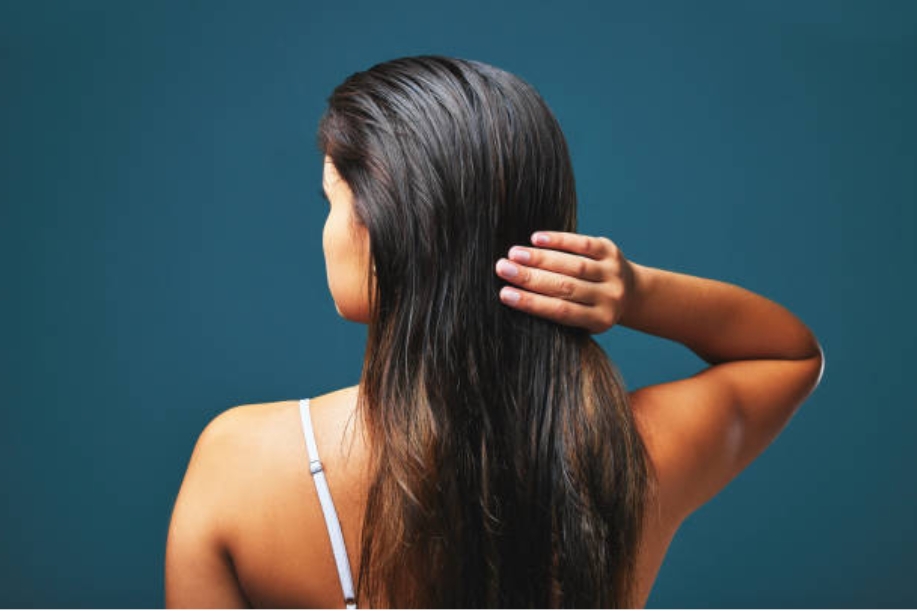Can Scalp Serum Make Your Hair Oily?
Scalp serums have gained popularity for their ability to nourish the scalp, improve hair health, and address specific scalp concerns such as dryness and itchiness. However, one common concern among users, especially those with naturally oily hair or scalp, is whether scalp serums can contribute to increased oiliness. In this article, we explore the factors that can potentially make hair oily when using scalp serums, focusing on SEEN Restore Scalp Serum as an example.
Understanding Scalp Serums
Scalp serums are formulated to deliver concentrated nutrients, hydration, and active ingredients directly to the scalp. They are designed to penetrate the scalp’s layers, providing targeted benefits that may include moisturizing dry scalp, soothing irritation, supporting hair growth, and maintaining scalp health. SEEN Restore Scalp Serum, for instance, is crafted with ingredients like hyaluronic acid, ceramides, and niacinamide, aimed at nourishing the scalp without leaving a greasy residue.
SEEN Restore Scalp Serum: An Overview
Furthermore, SEEN Restore Scalp Serum is marketed as a lightweight, non-greasy formula suitable for various scalp types, including sensitive and oily scalps. It is free from sulfates, parabens, phthalates, silicones, and synthetic dyes, making it appealing to those seeking a clean, effective scalp care product. The serum aims to balance the scalp’s moisture levels, promote scalp health, and support overall hair vitality without causing oiliness.
Factors Contributing to Oily Hair When Using Scalp Serum
- Ingredients and Formulation: Some scalp serums, particularly those containing heavy oils or silicones, can potentially contribute to hair oiliness. These ingredients may create a barrier on the scalp that traps natural oils and sebum, making the hair appear greasy. SEEN Restore Scalp Serum, formulated to be lightweight and non-comedogenic, aims to hydrate the scalp without adding excess oil, thus minimizing the risk of making hair oily.
- Over-application: Using too much scalp serum or applying it too frequently can lead to product build-up on the scalp. This build-up can weigh down hair strands and make them look greasy. It’s important to follow the recommended usage instructions for SEEN Restore Scalp Serum to avoid over-application and potential oiliness.
- Individual Scalp Type: Each person’s scalp produces a different amount of natural oils (sebum). Individuals with naturally oily scalps may find that certain scalp serums exacerbate oiliness if the formulation is not suitable for their specific needs. SEEN Restore Scalp Serum is formulated to be gentle and balancing, but individual reactions may vary.
- Application Technique: How you apply scalp serum can also influence its effect on hair oiliness. Distributing the serum evenly across the scalp and massaging it in gently can help ensure absorption without overloading the scalp. Avoid applying scalp serum directly to the hair strands, focusing instead on the scalp where it’s needed most.
- Environmental Factors: Environmental conditions, such as humidity and pollution, can affect how scalp serums interact with the scalp and hair. In humid climates, for example, scalp serums may have a different impact on oiliness compared to drier environments. SEEN Restore Scalp Serum is designed to provide balanced hydration in various conditions, supporting scalp health without causing excess oiliness.
Tips for Using SEEN Restore Scalp Serum Without Making Hair Oily
To enjoy the benefits of SEEN Restore Scalp Serum without experiencing oily hair, consider the following tips:
- Start with Clean Scalp: Use SEEN Restore Scalp Serum on a freshly washed scalp to maximize absorption and minimize product build-up.
- Use Sparingly: Apply the serum sparingly to avoid over-saturating the scalp. A few drops applied directly to the scalp and gently massaged should be sufficient.
- Focus on Scalp: Concentrate the application of SEEN Restore Scalp Serum on the scalp rather than the hair strands to prevent unnecessary oiliness.
- Follow Usage Instructions: Adhere to the recommended frequency and amount of use as indicated on the product packaging. Overusing the serum can lead to unintended effects, including oiliness.
- Monitor Scalp Health: Pay attention to how your scalp responds to SEEN Restore Scalp Serum. If you notice any signs of increased oiliness or discomfort, adjust your usage accordingly or consult a dermatologist for personalized advice.
User Experiences and Recommendations
Many users with varying scalp types have shared positive experiences with SEEN Restore Scalp Serum, noting its ability to hydrate the scalp without causing greasiness. Users appreciate the serum’s lightweight texture, quick absorption, and effectiveness in soothing scalp irritation. While individual reactions may vary, SEEN Restore Scalp Serum generally receives praise for its balanced approach to scalp care.
Conclusion
Scalp serums like SEEN Restore Scalp Serum can be valuable additions to a hair care routine, providing targeted benefits for scalp health and overall hair vitality. Concerns about hair oiliness when using scalp serums are valid but can often be mitigated by choosing a serum formulated for your scalp type and following recommended usage guidelines. By understanding how to scalp serums work and considering factors that can influence hair oiliness, you can make informed decisions about integrating SEEN Restore Scalp Serum into your daily hair care regimen effectively and without undue concerns about oiliness.






